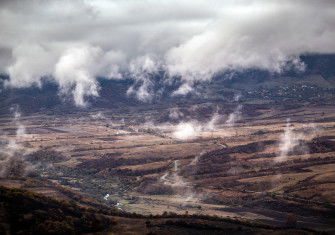The Afterlives of the International Brigades
Despite defeat in the Spanish Civil War, veterans of the International Brigades would soon face fascism again. Experiences and connections forged in Spain would prove key in the fight against Hitler and beyond.
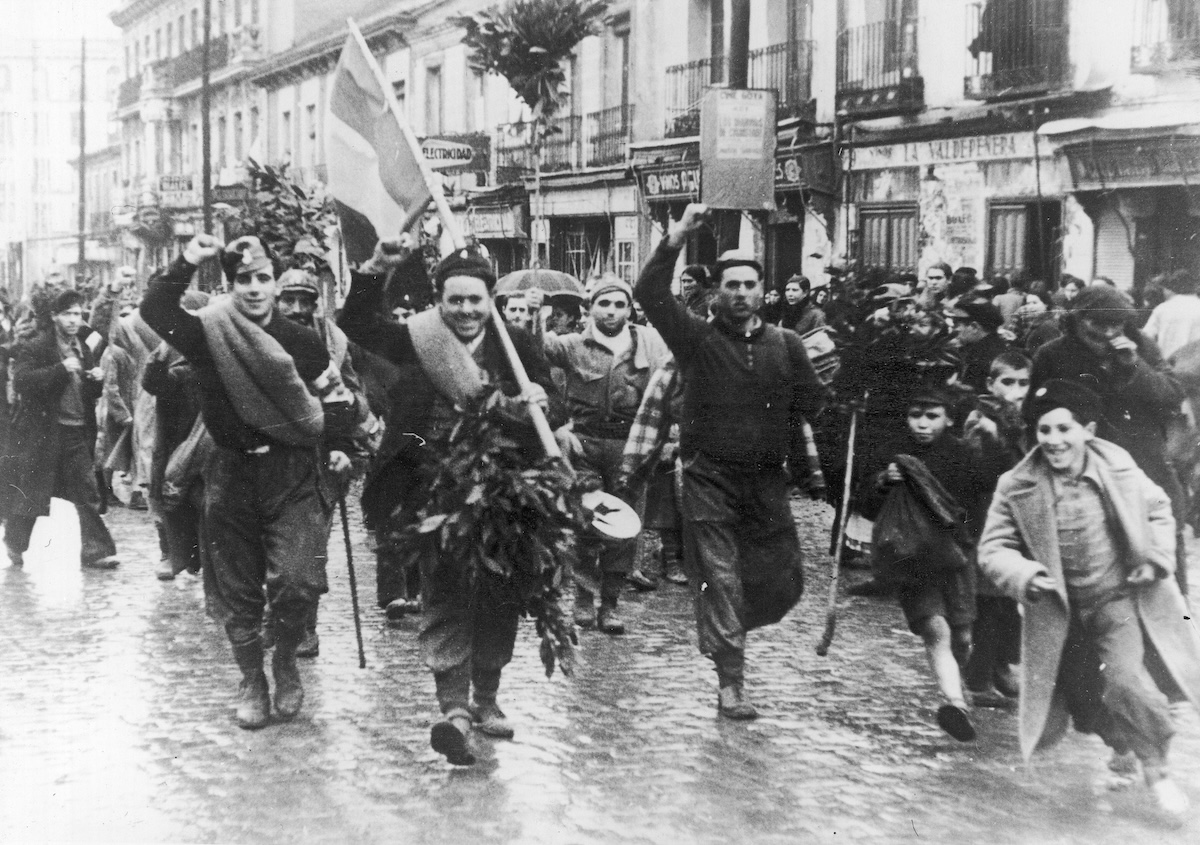
Soldiers of the International Brigades returning from the front, March 1937. Narodowe Archiwum Cyfrowe. Public Domain.
On 6 October 1936, the 20-year-old poet John Cornford led a small group of young British men into the Gare d'Austerlitz in Paris. Similar groups of varying nationalities were dotted around, pretending to have nothing in common but all set to board the ‘Red Express’ – a night train carrying volunteer fighters to defend Spanish democracy against a fascist-backed uprising led by General Francisco Franco.
Cornford's group did not know that a volunteer army, the International Brigades, was being formed. They simply wanted to join the Republicans and fight fascism. With Hitler and Mussolini providing regular forces to back Franco, they could see that it was, as Ernest Hemingway observed, ‘a dress-rehearsal for the inevitable European war’. When the group reached Spain, they became the first British recruits to join the International Brigades. This volunteer army fused a growing popular desire to defend Spanish democracy with the organisational prowess of Comintern, the Communist International controlled by Stalin.
While Comintern men and women initially set up the Brigades and held many top posts, this was always a politically diverse ‘popular front’ unit in which volunteers joined the Republican army, mostly to be used as shock troops. Their orders came from Republican high command, not Moscow. Within weeks and with scant training, the first Brigaders played a key role in fighting around Madrid. They helped halt Franco’s advance at the University City, building barricades out of thick tomes of German philosophy and Indian metaphysics pulled from library shelves (enemy bullets got no further than page 350).
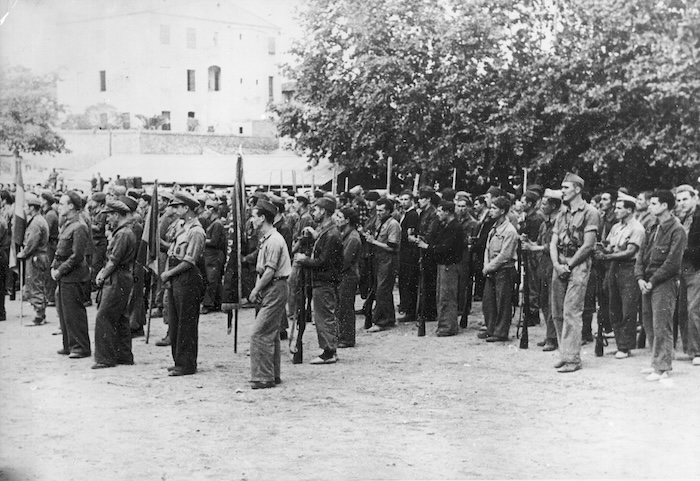
Within three months, most of the first British group were, like Cornford, dead or seriously wounded. Their deaths – and those of 540 more British and Irish volunteers – are usually portrayed as a tragic waste, since Franco won the war and ruled as dictator for 36 years. Yet that is to misunderstand their mission, for their ultimate goal was to halt the rise of global fascism. Since they kept fighting (as individuals) during the Second World War, this was something they finally achieved.
With the International Brigades archive in Moscow online since 2015, we can now paint a more detailed picture of the 35,000 volunteers (2,500 from Britain and Ireland) who arrived from 80 countries (including China, India and Ethiopia) and of their motives. The common denominator was anti-fascism, expressed as a need to prevent the violent expansionism of Hitler and Mussolini. ‘To hold the line here and now means that we can prevent this battle being fought again later on Hampstead Heath or the hills of Derbyshire’, British volunteer George Green wrote to his mother before he was killed on the final day of the last battle. Writer John Sommerfield – one of Cornford's group – celebrated the shooting down of a Luftwaffe (or Italian air force) bomber outside Madrid ‘because we didn’t want to see Fascist bombers over London’.
Exactly five months after Spain's Civil War ended on 1 April 1939, Hitler invaded Poland. Soon bombers were flying over London. For Brigaders, this seemed an inevitable continuation of their war in Spain. Many historians now view the Spanish Civil War in similar fashion, as the opening round of the Second World War. Brigaders’ skills and networks proved especially useful in occupied Europe. When another survivor from Cornford’s group, the future Yale classics professor Bernard Knox, was sent by the US army to coordinate with Italian partisans, he and the local commander realised they had both fought in Spain. ‘From that point on, relations with the partisans were no problem’, he recalled.
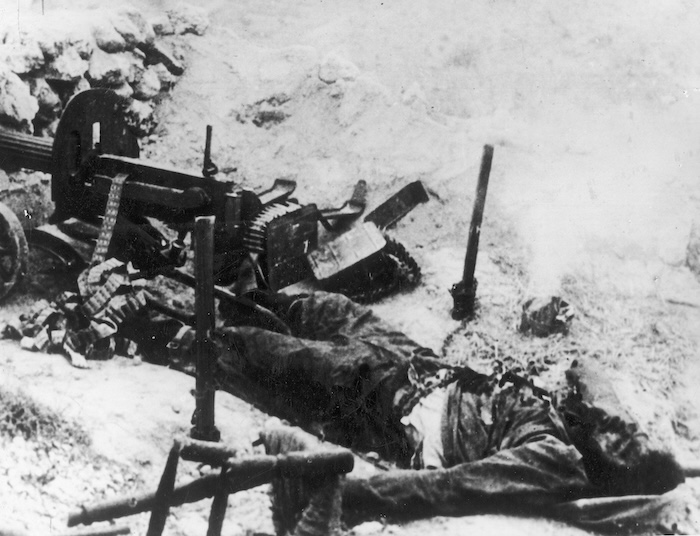
Brigade veterans ran all the major partisan armies in Yugoslavia and several in Italy. Italian Aldo Lampredi was one of the three partisans who executed Benito Mussolini and Claretta Petacci on 28 April 1945, using his Beretta pistol. In France, many joined the resistance. Pierre Georges, aka Colonel Fabien, carried out the first assassination of a German officer in occupied Paris, sparking the resistance’s move to armed confrontation in August 1941. Another Spanish veteran, Henri Rol-Tanguy, ordered the French Force of the Interior to rise in Paris in August 1944 and co-signed German rendition. Since at least one in ten Brigaders were Jews, many spent the war – or died – in Nazi camps. Even in Auschwitz and Buchenwald, despite their dire physical state, they led resistance cells and fought guards before liberation.
By 1945, then, Brigaders had waged war for eight years. Western democracies, whose appeasement policies began with ‘non-intervention’ in Spain, had learned that the Brigaders’ analysis of the threat had been right. More importantly, they could celebrate a final victory over fascism (even if Franco, never formally a fascist, stayed in power until 1975). Nowhere was their triumph greater than behind the Iron Curtain. Communist parties in exile from fascist or authoritarian regimes – like the Germans, Italians and Poles – had migrated en masse to Spain. (‘We needed Spain more than the Republic needed us’, quipped one Italian). When the Soviet Union set up Iron Curtain administrations, it frequently turned to Brigaders.
In fact, veterans formed an elite that, in terms of prospects and power, was as potent as, say, Oxbridge. The first leader of communist East Germany (while still the Soviet Occupation Zone) was former Brigade commander Heinrich Rau. Hungary’s future prime minister, Ferenc Münnich, had been a commissar and Albania's long-serving prime minister, Mehmet Shehu, was a machine-gunner. The list of ministers, deputy ministers, generals (29 in Yugoslavia alone), members of central committees, ambassadors and police chiefs is endless. Some became notorious repressors. The Stasi was run for 32 years by ‘the Master of Fear’, state security minister Erich Mielke (who was still in post when the Berlin Wall came down).
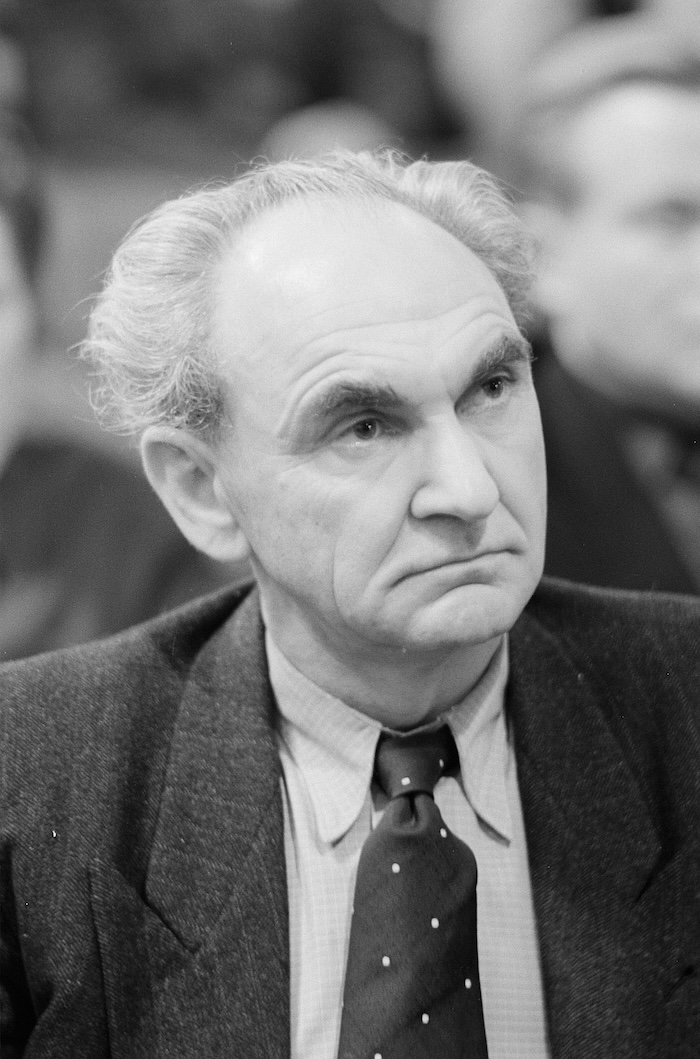
In the paranoid world of Stalinism, they were also subjected to purges. Accusations were often based on their alleged contact with anarchists, Trotskyists or Titoists (after Yugoslavia broke with the Soviet Union in 1948) in Spain. Hungary’s foreign minister László Rajk was executed for ‘spying’ in 1949 after a mass trial in which one in seven defendants were Spanish veterans (two were executed, 14 jailed). After Czechoslovakia's infamous ‘Slánský trial’, Spanish veteran Otto Sling was hanged while deputy foreign minister Artur London was sent to prison.
Veterans from Western democracies had quieter lives. Most were working class and opportunities were few. A number became MPs, trades union leaders and (in Italy) government ministers. In Britain they provided both Margaret Thatcher’s economics guru, Sir Alfred Sherman, and Transport and General Workers Union leader Jack Jones (once deemed ‘the most powerful person in Britain’). Yet they also suffered persecution in the United States, falling foul of communist witch-hunts. Screenwriter Alvah Bessie was jailed for refusing to give evidence to House Un-American Activities Committee (HUAC), becoming one of the ‘Hollywood Ten’. Suspicion was not always misplaced. Some spied for the USSR, including the mastermind of the 1945 robbery of nuclear blueprints from Los Alamos, Morris Cohen.
The association with communism was used to tarnish them all. After a distinguished Second World War and winning the Croix de Guerre, Knox was amazed at being told by a Yale professor that his time in Spain marked him as a ‘premature antifascist’. ‘How, I wondered, could anyone be a premature anti-fascist? Could there be anything such as a premature antidote to a poison? A premature antiseptic? A premature antitoxin? A premature anti-racist?’ Knox could, however, content himself that, like the other Brigaders, he may have been defeated in Spain, but had won the wider war.
Giles Tremlett is the author of The International Brigades: Fascism, Freedom and the Spanish Civil War (Bloomsbury, 2020).



